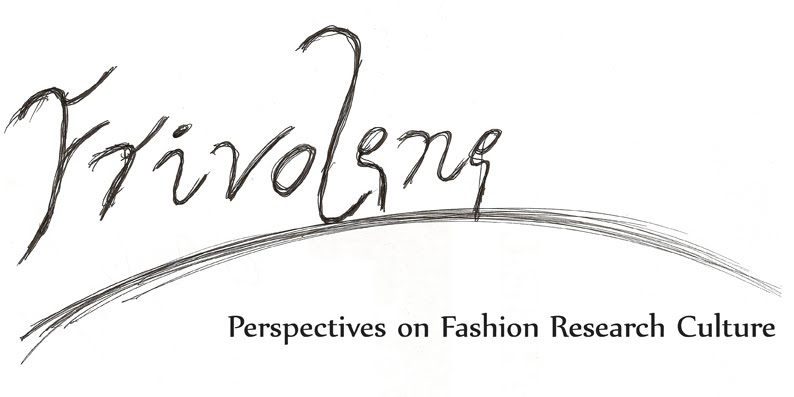

One of the best things about being attached to an institution such as the RCA is the chance once again to make the most of an extensive library. While the college library is rather general, reflecting as it does the diverse range of courses hosted by the various schools, there are many 'hidden gems'. While my own practice is very much based in what is happening now in fashion, I am enjoying the opportunity to put into context my current research on the Fashion City. In particular, since the personalised stories of fashion practitioners are to be an important part of my continuing research, I am enjoying the chance to read over the biographies of the luminaries of fashions (not so distant) past.
One of most recent 'hidden gems' I've found in the RCA library is the amusingly titled Maid to Measure, the autobiography of Charles Creed, scion of the Creed family who ran a successful Parisian haute couture tailoring establishment. Actually the book was written by a 'ghost writer' based on conversations with Charles, who rather generously dedicates his book on an inside page with the words: ''This book is dedicated to my friend Elspeth Grant who wrote it''.

The early part of my research is into the workings of the 'fashion system', and the interest for me as a researcher in titles such as these are the insights into the structure and development of fashion in the early 20th Century. Far from being a weary and downtrodden fashion 'hand' Charles Creed seems to have lived a charmed life, spending his time mixing in the social whirl of Paris, Berlin, Vienna, New York and London, with diversions to Deauville or Biarritz, and flirtations (and more) with 'model girls'. Not one to hide his light under a bushel, he also mentions his own 'innovations', taking a 'pre-collection' to show to buyers in the USA before the haute couture showings, or having suits made with linings printed with the Creed logo. Even during World War II, as an (upper-middle class) conscript to the British Army, he appears to have treated his time amongst the horrors going on around him as just another big adventure. Despite this boastful blather, Creed does, however, give some intriguing insights into the realm of haute couture pre-World War II, including this description of of the excitement and thrill of attending a fashion show hosted by the charismatic Jean Patou.
The couturier most in the public eye at that time was Jean Patou, a strikingly elegant man who had a strong affinity with America, a wonderful flair for publicity – and a magnificent mansion in which to exploit it. He had rocked Paris to the core by importing American model girls, tall, willowy beauties, Ziegfeld follies, with exquisitely fine legs and ankles like racehorses. He preferred to show his collections at night and these presentations became one of the highlights of Paris social life.
Everybody who was anybody (and more people then than now) flocked to see not only Patou’s graceful clothes but more especially his fabulous model girls. His most decorative salon was so arranged that the girls made their entrance walking down a ramp – which showed off their beautiful limbs to great advantage, making the women green with envy and the men pop-eyed with admiration.
Creed and Grant, 1961, Maid to Measure, London: Jarrolds Publishers Ltd. pp 77-78
While the language of such titles as this may seem arcane today, they remain a useful resource, with intriguing insights into 'how things used to be done'. Although judging by the number of stamps on the loan page of this particular book, they are not often recollected as being useful or interesting. Knowing the pressures academic libraries have in obtaining materials on the latest and up-to-date knowledge it is a wonder they are able to earn and justify their places on the shelves. Yet I am both glad and appreciative that such titles remain in the library to be re-discovered and re-interpreted. Perhaps the V&A's popular re-productions of such titles as Barbara Hulanicki's A to Biba and Elsa Schiaparelli's Shocking Life are indicators that the personal experience in the form of biography remain an important resource and inspiration for fashion researchers.

A dashing looking Charles Creed aged 18 at Hotel Normandie, Deauville, 1937

Hi, i am selling a copy of this book from my website and hope you don't mind that I have put a link to your excellent review. http://empireofthings.com/shop/things/books-and-magazines/maid-to-measure-charles-creed/
ReplyDelete